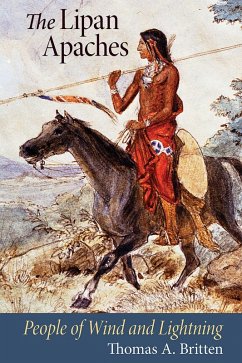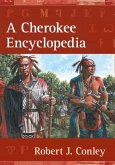Winner of the 2010 Texas Old Missions and Forts Restoration Association Book Award
Despite the significant role they have played in Texas history for nearly four hundred years, the Lipan Apaches remain among the least studied and least understood tribal groups in the West. Considered by Spaniards of the eighteenth century to be the greatest threat to the development of New Spain's northern frontier, the Lipans were viewed as a similar risk to the interests of nineteenth-century Mexico, Texas, and the United States. Direct attempts to dissolve them as a tribal unit began during the Spanish period and continued with the establishment of the Republic of Texas in 1836. From their homeland in south Texas, Lipan migratory hunter-gatherer bands waged a desperate struggle to maintain their social and cultural traditions amidst numerous Indian and non-Indian enemies. Government officials, meanwhile, perceived them as a potential danger to the settlement and economic development of the Rio Grande frontier. Forced removal from their traditional homelands diminished their ability to defend themselves and, as they attached themselves to the Mescalero Apaches and the Tonkawas, the Lipans faded from written history in 1884.
Thomas Britten has scoured U.S. and Mexican archives in order to piece together the tangled tribal history of these adaptable people, emphasizing the cultural change that coincided with the various migrations and pressures they faced. The result is an interdisciplinary study of the Lipan Apaches that focuses on their history and culture, their relationships with a wide range of Indian and non-Indian peoples, and their responses to the various crises and burdens that seemed to follow them wherever they went.
Despite the significant role they have played in Texas history for nearly four hundred years, the Lipan Apaches remain among the least studied and least understood tribal groups in the West. Considered by Spaniards of the eighteenth century to be the greatest threat to the development of New Spain's northern frontier, the Lipans were viewed as a similar risk to the interests of nineteenth-century Mexico, Texas, and the United States. Direct attempts to dissolve them as a tribal unit began during the Spanish period and continued with the establishment of the Republic of Texas in 1836. From their homeland in south Texas, Lipan migratory hunter-gatherer bands waged a desperate struggle to maintain their social and cultural traditions amidst numerous Indian and non-Indian enemies. Government officials, meanwhile, perceived them as a potential danger to the settlement and economic development of the Rio Grande frontier. Forced removal from their traditional homelands diminished their ability to defend themselves and, as they attached themselves to the Mescalero Apaches and the Tonkawas, the Lipans faded from written history in 1884.
Thomas Britten has scoured U.S. and Mexican archives in order to piece together the tangled tribal history of these adaptable people, emphasizing the cultural change that coincided with the various migrations and pressures they faced. The result is an interdisciplinary study of the Lipan Apaches that focuses on their history and culture, their relationships with a wide range of Indian and non-Indian peoples, and their responses to the various crises and burdens that seemed to follow them wherever they went.
Dieser Download kann aus rechtlichen Gründen nur mit Rechnungsadresse in A, D ausgeliefert werden.









